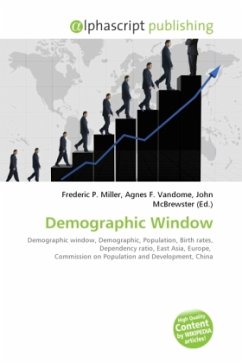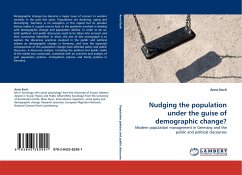Demographic Window is defined to be that period of time in a nation's demographic evolution when the proportion of population of working age group is particularly prominent. Typically, the demographic window of opportunity lasts for 30 40 years depending upon the country. Because of the mechanical link between fertility levels and age structures, the timing and duration of this period is closely associated to those of fertility decline: when birth rates fall, the age pyramid first shrinks with gradually lower proportions of young population and the dependency ratio decreases as is happening in various parts of East Asia over several decades. After a few decades, low fertility however causes the population to get older and the growing proportion of elderly people inflates again the dependency ratio as is observed in present-day Europe.The exact technical boundaries of definition may vary. The UN Population Department has defined it as period when the proportion of children and youth under 15 years falls below 30 per cent and the proportion of people 65 years and older is still below 15 per cent.Europe's demographic window lasted from 1950 to 2000.
Bitte wählen Sie Ihr Anliegen aus.
Rechnungen
Retourenschein anfordern
Bestellstatus
Storno








